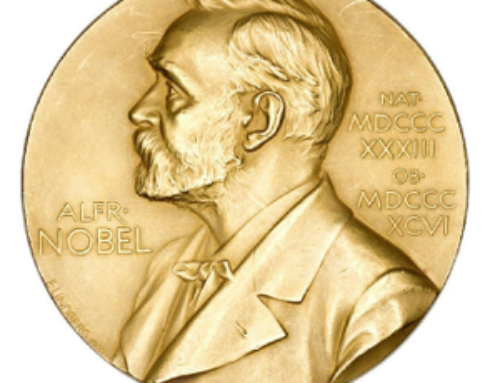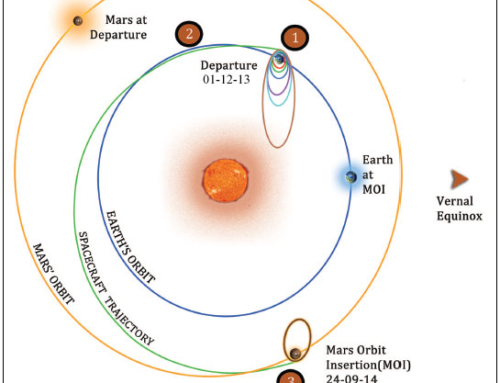A recent breakthrough in nuclear fusion is a step closer in providing a cheap and sustainable energy source to meet the ever-increasing global energy demand.
The world population is projected to grow to 8.3 billion by 2030, which will increase primary energy consumption by a third of its current levels. Governments around the world are increasing energy production from sustainable sources such as solar, wind, hydroelectric and fission nuclear power plants (although the sustainability classification of nuclear power is a point of contention). However, we are still heavily reliant on fossil fuel (coal, petroleum and natural gas) to meet our energy demands. Fossil fuel is the biggest contributor to CO2 emissions and consequently a major contributor to global warming. This has led to the search for a low-cost, reliable and sustainable energy source that has minimal to negligible pollutants, does not compete with the human food chain, has a small footprint and provides a limitless source of energy. A candidate that fulfils most of these requirements is nuclear fusion.
Nuclear fusion is the nuclear reaction that drives energy generation in the Sun. It involves fusion of nuclei, hydrogen in the case of the sun and the stars, which releases energy. In theory if such a reaction could be re-created in a nuclear reactor, the energy, in the form of heat, generated by the process could be harnessed to produce electricity. However developing a successful fusion reactor has been elusive, because controlled fusion requires considerable amount of energy to produce a self-sustaining reaction, and the energy input is usually much more than the energy generated by the reaction. A recent breakthrough at the National Ignition Facility of Lawrence Livermore National Laboratory (LLNL) in the US demonstrated that the net energy output from the fusion process was higher than the energy input into the system. The LLNL used 192 powerful laser beams to compress and heat small amounts of hydrogen to create a fusion reaction, with the eventual goal being to create a self-sustaining reaction. Although a fusion reactor, that can supply energy, is a few decades away, this is a major step in that direction.
Original report by the BBC: http://www.bbc.co.uk/






The claim that achieving at least some fusion using lasers has never been done before is a complete LIE. In 1974 a private company, KMS Fusion achieved achieved laser fusion ignition using ONE laser. This is well documented but never referred to by government scientist because the company was harassed to death by the jealousies of government funded labs and government agencies who wanted to control ALL nuclear research. GOOGLE KMS Fusion if you do not believe this. Forty years of research and development opportunities have been wasted by the government death by a thousand cuts of KMS Fusion.